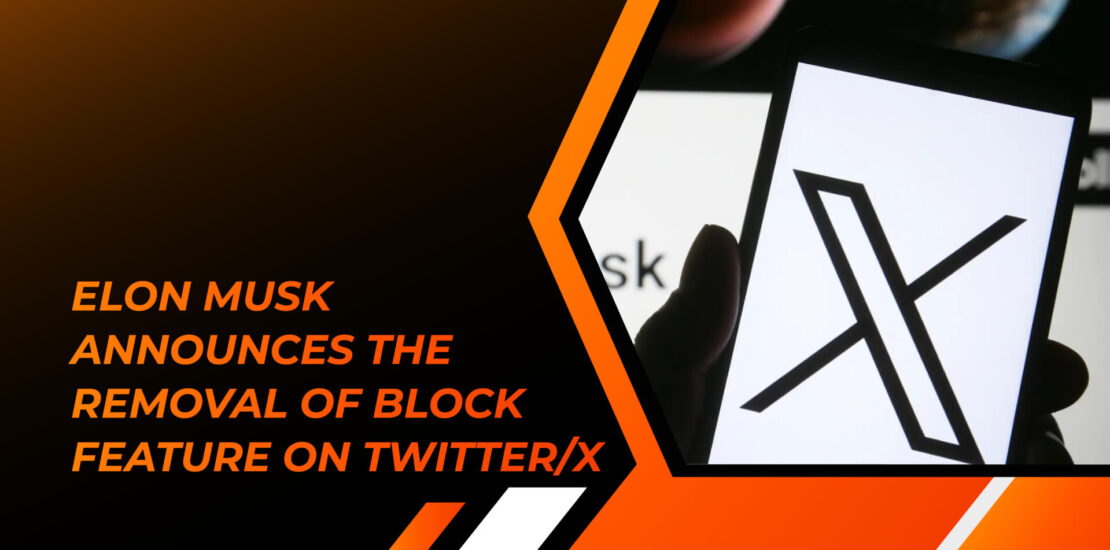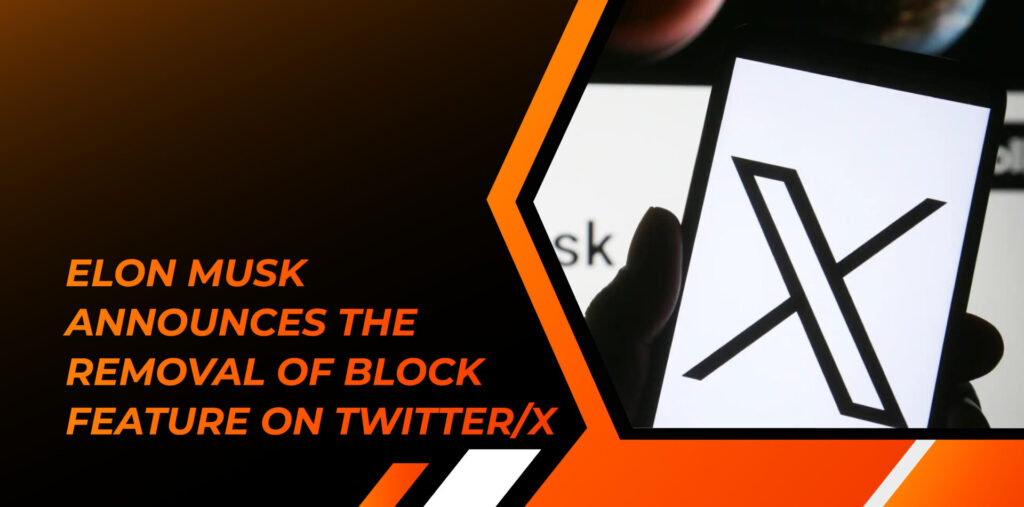- August 20, 2023
- Posted by: [email protected]
- Category:


Elon Musk, owner of X (formerly known as Twitter), recently revealed his intention to remove the block feature from the social media platform, according to his post on August 18. This decision, however, has raised concerns among users who rely on the block feature to mitigate harassment and unwanted interactions.
Musk’s announcement was in response to a post from the “Tesla Owners Silicon Valley” account suggesting that users use the “mute” feature instead of blocking others. While Musk’s intention might be to simplify the platform’s functionality, his decision has met with criticism from users who find the block feature crucial for maintaining a positive online experience.
Many users pointed out that blocking is a bidirectional action, effectively preventing the blocked user from viewing posts or sending messages while also sparing the blocker from unwanted interactions. This feature has been considered essential for preventing harassment and maintaining a healthy online environment.
Musk’s previous mentions of removing the block feature have elicited similar responses. In June, he echoed similar sentiments in response to a post from journalist Andy Ngo. The decision to remove the block feature has been associated with the company’s “Blue” subscription service, designed to replace the former verification service on the platform.
Critics of the decision have expressed concerns about the potential consequences, particularly in terms of increased opportunities for scam accounts, spam, and bots to proliferate on the platform. While some users view the removal of the block feature as a way to simplify the platform’s functionality, others emphasize its crucial role in promoting online safety and reducing unwanted interactions.
The response from users highlights the intricate balance between streamlining platform features and ensuring a positive and secure online experience for all users. As the platform evolves, discussions around these decisions will continue to shape the dynamics of online interactions on X.



